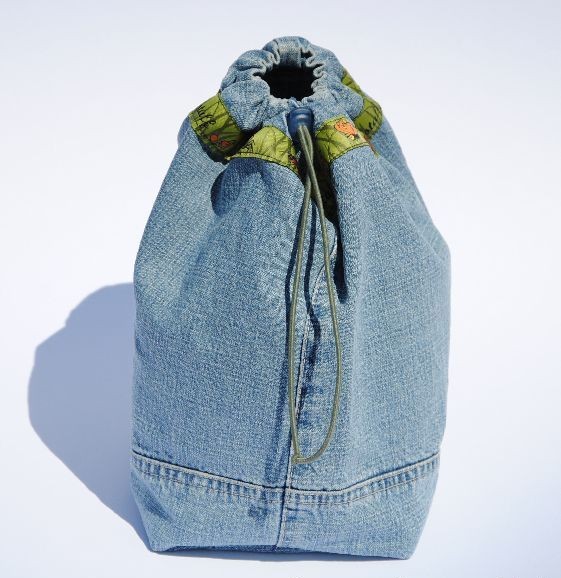Which needle is right for your embroidery project?
In machine embroidery, the right needle can prevent thread breaks, skipped stitches and fabric damage — here’s construction, types and practical tips for choosing well.
Why needle choice matters
In machine embroidery (as in sewing), the needle pierces the fabric and carries the upper thread down to form a stitch with the bobbin thread. An unsuitable needle can cause thread breaks, skipped stitches, a messy stitch pattern or even damage the fabric. Embroidery needles are usually a little “softer” (slightly rounded point) and have a larger eye so embroidery threads pass smoothly.
Construction and types of machine embroidery needles
Needle construction
- Butt/Shank: The top that’s held by the machine (usually flat-shank for home machines, cylindrical for industrial).
- Shoulder/Taper: Transition from shank to the needle body.
- Groove: The channel the thread travels in.
- Eye: The hole for the thread.
- Point/Tip: Penetrates the fabric; can be sharper or rounder depending on needle type.
Needle points
- Slightly rounded: Gentler; parts the fibres rather than cutting them.
- Sharp/Microtex: Very pointed; cuts the material — common for dense fabrics, leather (special leather point) or denim.
- Ballpoint (rounded): In various degrees for stretch/knit fabrics (jersey, rib knits).
Practical tips
-
Match thread thickness
Make sure thread and needle groove fit together. If the thread is too thick for the groove, expect breaks and skipped stitches. -
Change needles regularly
A worn or slightly bent needle can cause visible embroidery defects and thread issues. -
High speed = dedicated embroidery needle
For fast-running embroidery machines, a specialised embroidery needle pays off. -
Adhesives and stabilisers
Sticky or heavy stabilisers increase friction. Specialist needles may last longer here.
Test, test, test
Whenever you try a new thread or unfamiliar material, a small test stitch-out saves frustration.
Conclusion
Choosing the right embroidery needle is at least as important as good thread or proper hooping.
Golden rule: pick the needle type for the material (e.g. denim, leather, stretch) and the needle size for the thread. That’s how you get clean results and reduce skipped stitches, thread breaks and fabric damage.
Keep experimenting with different needle types and sizes — and enjoy creative freedom in all your embroidery projects!
Want to organise your designs easily? Try emborado for free: Learn more.
